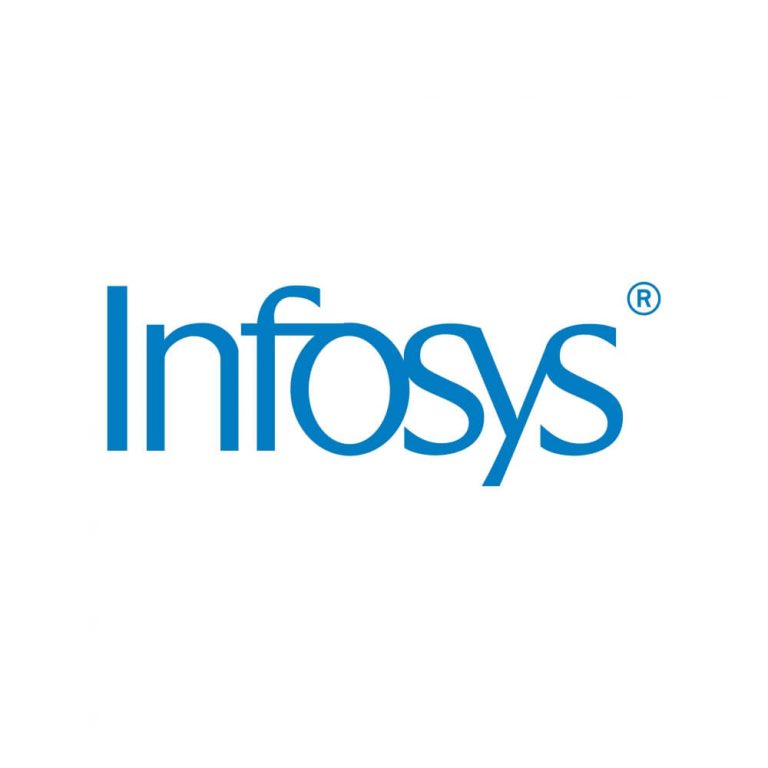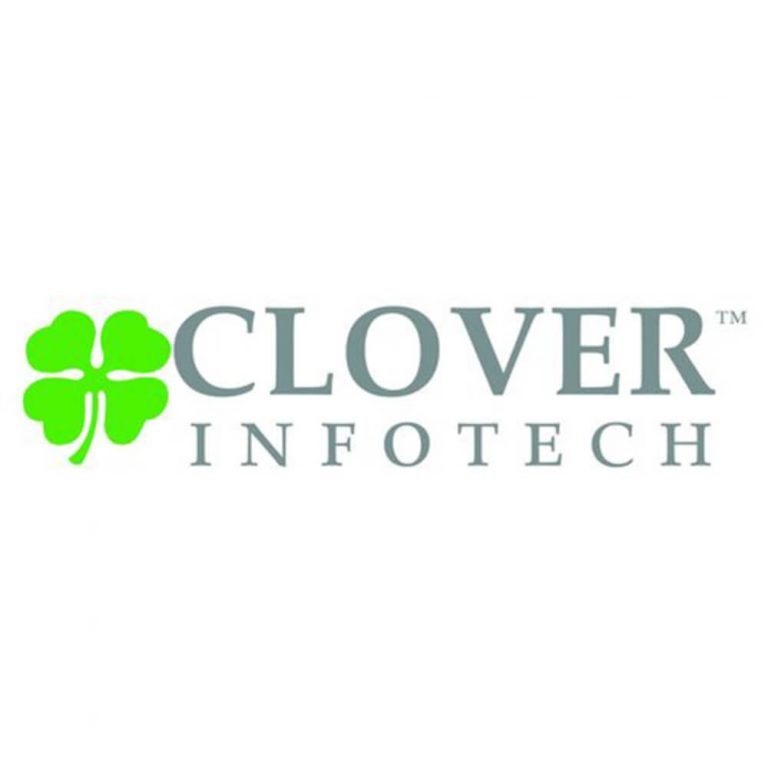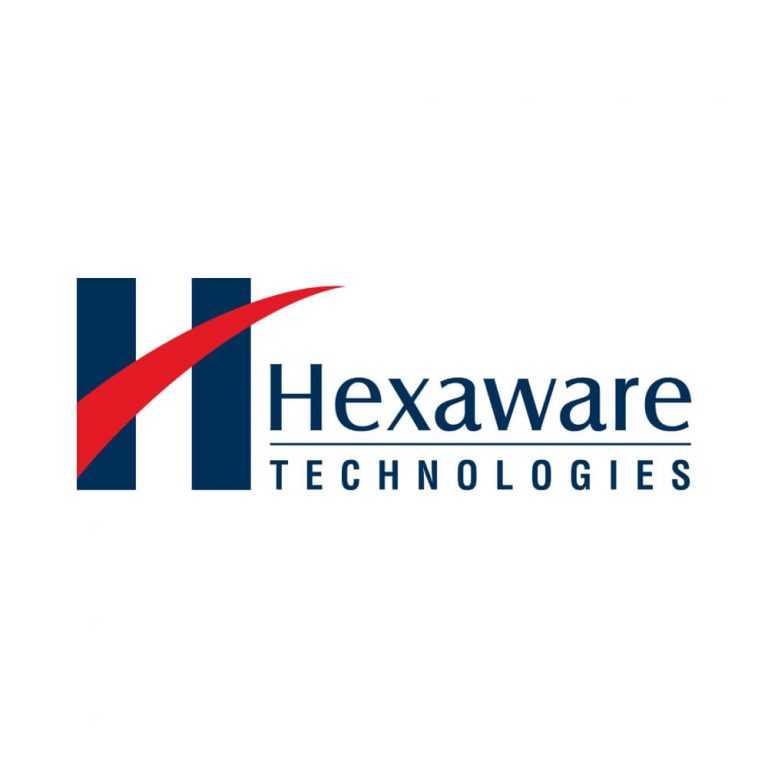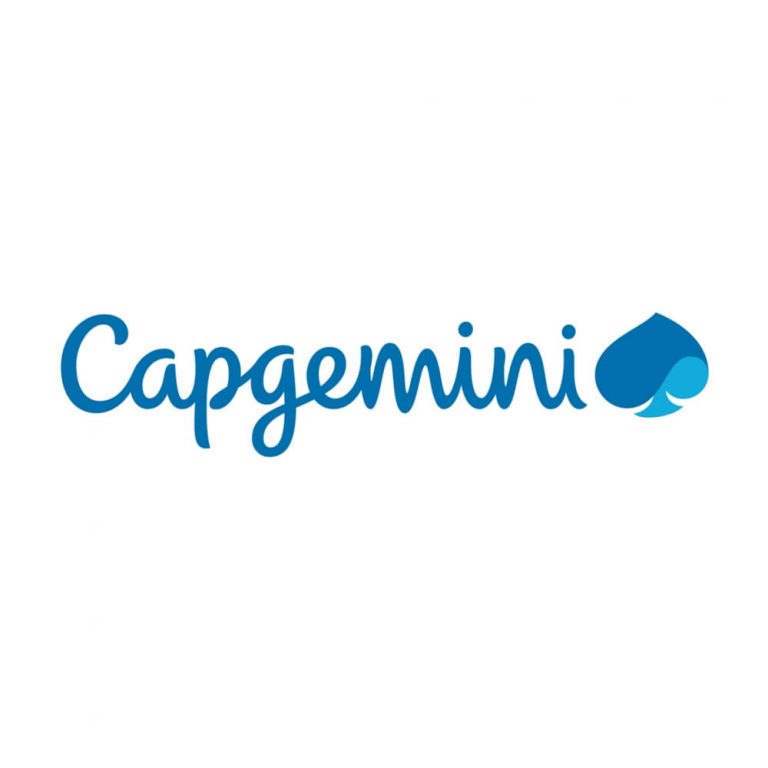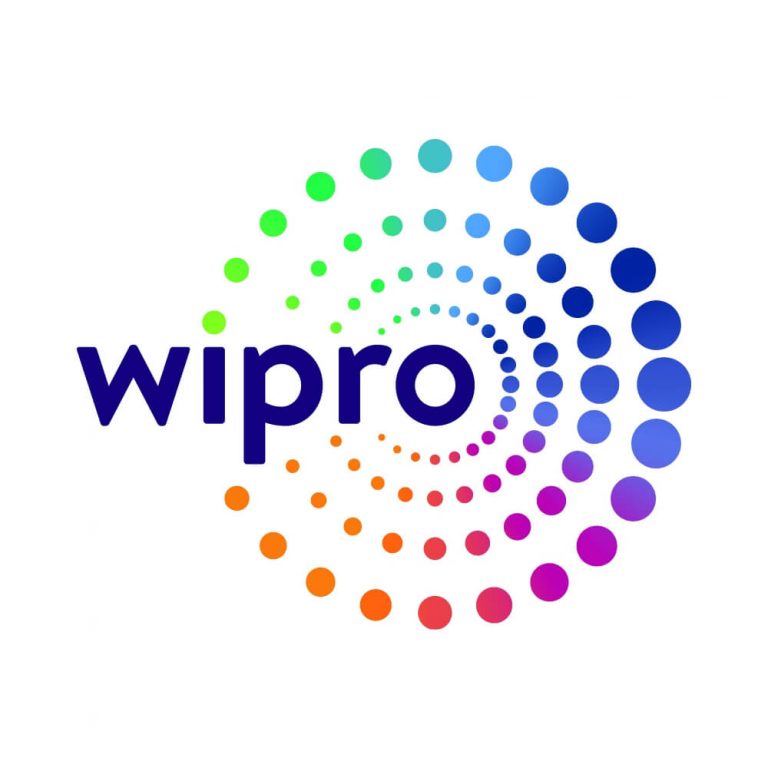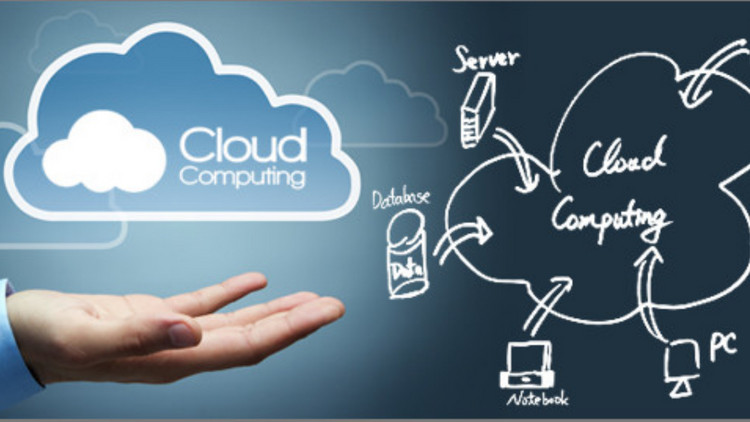
Course Information
Cloud computing is the on-demand availability of computer system resources, especially data storage and computing power, without direct active management by the user. The term is generally used to describe data centers available to many users over the Internet. Large clouds, predominant today, often have functions distributed over multiple locations from central servers. If the connection to the user is relatively close, it may be designated an edge server. “Cloud computing” was popularized with Amazon.com releasing its Elastic Compute Cloud product in 2006, references to the phrase “cloud computing” appeared as early as 1996,
Following professionals can go for it:
- Fresher’s
- IT Experts
Eligibility: Technical graduate
Lecture Duration: 5 months
Placement: 100% Placement Assistance
Job Profile: System Engineer, IT support Engineer, Network engineer, Virtualization Engineer, Cloud Engineer, system administrator.
Placement: 100% Placement Assistance
IT Fundamentals and Concepts
Introduction to Computer Fundamentals
• Components of a PC and their functions
• Number system
• Operating System
• Internetworking and Network
CCNA
Fundamentals of Networking
- Basic Networking Concepts
- Enterprise Network
- Components of a Network
- Characteristics of a Network
- Types of Network
Network Topology
- OSI Reference Model and TCP/IP Protocol Suite
The OSI Model
- Data Encapsulation and De-encapsulation
- TCP/IP Protocol Suite
- OSI vs TCP/IP
- Functions of Transport Layer Protocols of TCP/IP
- User Datagram Protocol (UDP)
- Transfer Control Protocol (TCP)
- Different functions of TCP
- Functions of Internet Layer Protocol
- Routed and Routing Protocol
- Characteristics of Internet Protocol (IP)
- IP Header
- IP addressing
- Function of DNS and DHCP
- IP address assignment to a system and verification
- Media Access Control (MAC) and Logical Link Control (LLC)
MAC Address
- Ethernet at Physical Layer
- Unshielded Twisted Pair (UTP)
Packet delivery process
- Function of ARP
- Defining Unicast, Multicast and Broadcast
- Exploring Packet Delivery Process
Network Security
- Wireless Network Technologies
- Advantages of Wireless Network
- Difference between LAN and WLAN
- WLAN standards
- Wireless LAN Security Threats And Mitigation
- Association of Wireless clients with Access Point
- Access Point Configuration steps
- Wireless LAN issues and Troubleshooting
- LAN Switching
- Collision Domain and Broadcast domain
Layer 1 device functions and issues
- Introducing Bridge to solve collision issue
- Advantage of Segmenting a LAN with Switches
- Different Switching Modes
- Switching Operation
- Operating Cisco IOS
Internetwork Operating System (IOS)
- Accessing the Command Line Interface (CLI)
- User and Privileged Executive Modes
- IOS Command line History
- Starting up a Switch and CLI
- Powering up a Switch
- Ethernet Switch Configuration
- Different Switch Configuration Sub-Modes
- Viewing the configuration
- Encrypting the Passwords
- Saving the configuration
- Interface Configuration of a Switch
Configuring the Switch for Remote Access
- Configuring a Switch for Telnet
- Configuring a Switch for SSH
Port Security
- Port Security Configuration
- Different Violation Mode
- Verification
Troubleshooting Switching issues
- Switched Media Issues
- Late Collisions
- Speed and Duplex Related Issues
- Port-Security Troubleshooting example
- IP Subnetting
- Subnetting
- Subnet Masks
- Subnetting Calculation
- Routers
Initial Startup of the Cisco Router
Cisco 2600 Router
- Starting a Router
- Initial Setup
- Logging in the Router CLI
- Overview of Router Commands
- Router Configuration and Verification
- Hostname Configuration
- Banner
- Viewing, Saving and Erasing a Configuration
- Interface Configuration and Verification
- Configuration of an Interface
Securing the Router CLI
- Password protection
- Encrypting the password
Remote Access to the router using Telnet and SSH
- Telnet Configuration
- SSH Configuration
- Different control commands for Remote Login
Using the Cisco SDM
- Router Configuration to run SDM
- SDM Startup
- SDM Window Navigation
- Understanding DHCP
- Managing Router Startup and Configuration
- Router Boot Sequence
- Password Recovery
Device Configuration, IOS backup and Restoration
- IOS File systems
- Commands used for configuration file movement and management
- IOS Image backup and restoration
- Managing configuration files
- CDP and Resolving Hostnames
- Information Obtained with Cisco Discovery Protocol
- Resolving Hostnames
- Building a Host table in a Router
- IP Routing
- Router Forwarding Decision
- Example of Packet Forwarding
- Administrative Distance (AD)
- Static Routing
- Default Routing
Classful and Classless Routing
Dynamic Routing Protocol
- Routing Protocol Functions
- Interior and Exterior Routing Protocol
- Different Routing Protocols
- Distance Vector Routing Protocol
- Problem of Routing loops in Distance Vector Protocols and Prevention
- Advanced Wide Area Networks
- Wide Area Networks
- Need for WAN
Difference between WAN and LAN
- WAN function’s relation to OSI model
- WAN diagram on customer view point
- Link speeds offered by Service Provider
- Layer 2 protocols for WAN
- Different WAN Technologies
Advanced Dynamic Routing Protocols
- VLSM and Route Summarization
- What is VLSM?
- Designing a VLSM scheme (Class-C)
- VLSM Design Example
- Route Summarization
- Auto-Summarization
- Manual Route Summarization
Link State Routing Protocol
- Link State Data Base (LSDB) and Link State advertisements (LSA)
- SPF algorithm to find the best path
OSPF
EIGRP
- EIGRP Characteristics
- EIGRP Tables
- EIGRP neighbor discovery and convergence
- Building EIGRP Routing Table
- Comparison with OSPF
- EIGRP configuration
- EIGRP load balancing
- EIGRP Authentication
- Module 2 Advanced Switching Technology
- Lesson 2.1 VLAN and Trunks
- VLAN Overview
- Main Features of a VLAN
- Voice VLAN
- VLAN Membership
- Static VLAN configuration
- VLAN configuration verification
Ports used in a Switch for VLAN
- Trunk Port Configuration
- VLAN Trunking Protocol (VTP)
- Three Requirements for VTP to work between Switches
- VTP Configuration and Verification
- Trouble shooting VTP issues
- Preventing Bridging Loops
- Cisco Three Layer Architecture
- Issues with redundant topology
- Spanning Tree Protocol (STP)
- Spanning Tree Message types
- Root Bridge Election
- STP Port Election
- STP Port States
- Spanning Tree operation on Topology Changes
- Per VLAN Spanning tree Protocol+
- Rapid Spanning Tree Protocol (RSTP)
- STP Configuration and Monitoring
- Manual Configuration of Primary and Secondary Root Bridges
- Inter VLAN Routing
- Router-on-a-stick
- Subinterface Configuration
- Interface Encapsulation
- Configuration Commands
Network Address Translation (NAT)
- Network Address Translation (NAT)
- Overloading NAT with Port Address Translation (PAT)
- Translating Overlapping Addresses
- Static NAT configuration
- Dynamic NAT configuration
- NAT overloading or PAT configuration
- Reasons for using IPV6, IPV6, Features
- IPV 6, Header Format, IP adderss Representation,
- IPV6 address types, Assigning IPV6, IPV6 routing, IPV6 tunneling.
Advanced Wide Area Network
- PPP overview, PPP functios, configuration, verifying PPP,
- Frame Relay
- Benefits over leased line
- Types of CV., Frame relay terms, LMI, DLCI frame relay address mapping, Inverse ARP & LMI opration, Frame relay configuration,
- Subinterfaces, Troublshooting frame relay Network
MCSA
410 : Installing & Configuring Windows Server 2012
- Deploying and Managing Windows Server 2012
- Introduction to Active Directory Domain Services
- Managing Active Directory Domain ServicesObjects
- Automating Active Directory Domain
- Services Administration
- Implementing Ipv4
- Implementing DHCP
- Implementing DNS
- Implementing Ipv6
- Implementing Local Storage
- Implementing File and Print Services
- Implementing Group Policy
- Securing Windows Servers Using Group
- Policy Objects
- Implementing Server Virtualization with Hyper-V
411 : Administering Windows Server 2012
- Implementing a Group Policy Infrastructure
- Managing User Desktops with Group Policy
- Managing User and Service Accounts
- Maintaining Active Directory Domain Services
- Configuring and Troubleshooting DNS
- Configuring and Troubleshooting Remote Access
- Installing, Configuring, and Troubleshooting the Network Policy Server Role
- Implementing Network Access Protection
- Optimizing File Services
- Configuring Encryption and Advanced Auditing
- Deploying and Maintaining Server Images
- Monitoring Windows Server 2012
412 : Configuring Advanced Windows Server 2012 Services
- Implementing Advanced Network Services
- Implementing Advanced File Services
- Implementing Dynamic Access Control
- Implementing Network Load Balancing
- Implementing Failover Clustering
- Implementing Failover Clustering with Hyper-V
- Implementing Disaster Recovery
- Implementing Distributed Active Directory
- Domain Services Deployments
- Implementing Active Directory Domain
- Services Sites and Replication
- Implementing Active Directory Certificate Services
- Implementing Active Directory Rights Management Services
- Implementing Active Directory Federation Services
RHCE
RH124 – Red Hat System Administration I
- Get Started with the GNOME Graphical Desktop
- Manage Files Graphically with Nautilus
- Get Help in a Graphical Environment
- Configure Local Services
- Manage Physical Storage I
- Manage Logical Volumes
- Monitor System Resources
- Manage System Software
- Get Started with Bash
- Basic job control techniques
- Get Help in a Textual Environment
- Establish Network Connectivity
- Administer Users and Groups
- Manage Files from the Command Line
- Secure Linux File Access
- Administer Remote Systems
- Configure General Services
- Manage Physical Storage II
- Install Linux Graphically
- Manage Virtual Machines
- Control the Boot Process
- Deploy File Sharing Services
- Secure Network Services
- Comprehensive Review
RH 134 – Red Hat System Administration II
- Automated Installations of Red Hat Enterprise Linux
- Accessing the Command Line
- Intermediate Command Line Tools
- Regular Expressions, Pipelines, and I/O Redirection
- Network Configuration and Troubleshooting
- Managing Simple Partitions and Filesystems
- Managing Flexible Storage with the Logical Volume Manager (LVM)
- Access Network File Sharing Services; NFS and CIFS
- Managing User Accounts
- Network User Accounts with LDAP
- Controlling Access to Files
- Managing SELinux
- Installing and Managing Software
- Managing Installed Services
- Analyzing and Storing Logs
- Managing Processes
- Tuning and Maintaining the Kernel
- System Recovery Techniques
RH255 – Red Hat System Administration III
- Getting Started with the Classroom Environment
- Enhance User Security
- Bash Scripting and Tools
- File Security with GnuPG
- Software Management
- Network Monitoring
- Route Network Traffic
- Secure Network Traffic
- NTP Server Configuration
- System Monitoring and Logs
- Centralized and Secure Storage
- SSL encapsulated Web Services
- Web Server Additional Configuration
- Basic SMTP Configuration
- Caching Only DNS Server
- File Sharing with NFS
- File Sharing with CIFS
- File Sharing with FTP
- Troubleshooting Boot Process
Vm ware virtualization – Exsi
- Implementing and Managing VM Ware Virtualization Solution
- Introduction to VMware Virtualization
- Introduce virtualization and vSphere components
- Explain the concepts of server, network, and storage virtualization
- Describe where vSphere fits into the cloud architecture
- Install and use vSphere user interfaces
- Describe the ESXi architecture and configure various ESXi settings
- Creating Virtual Machines
- Introduce virtual machines, virtual machine hardware and virtual machine files
- Deploy a single virtual machine
- VMware vCenter Server
- Introduce vCenter Server architecture
- Manage vCenter Server inventory objects and licenses
- Configuring and Managing Virtual Networks
- Describe, create, and manage a standard virtual switch
- Describe and modify standard virtual switch properties
- Configure virtual switch load balancing algorithms
- Configuring and Managing Virtual Storage
- Introduce storage protocols and device names
- Configure ESXi with iSCSI, NFS, and Fibre Channel storage
- Create and manage VMware vSphere® VMFS datastores
- Introduce VMware vSphere® Storage Appliance
- Virtual Machine Management
- Use templates and cloning to deploy virtual machines
- Modify and manage virtual machines
- Create and manage virtual machine snapshots
- Perform VMware vSphere vMotion® and vSphere Storage vMotion migrations
- Create a vSphere vApp
- Use VMware vCenter Converter™ Standalone to hotclone a system
- Access and Authentication Control
- Control user access through roles and permissions
- Discuss ESXi host access and authentication
- Integrate ESXi with Active Directory
- Introduce VMware® vShield™ products
- Installing VMware Components
- Introduce ESXi installation
- Describe bootfromSAN requirements
- Describe vCenter Server hardware, software, and database requirements
- Install vCenter Server (Windowsbased)
- Introduce vCenter Server Appliance
- Install and configure vCenter Server Appliance
- Use Image Builder to create an ESXi installation image
- Use Auto Deploy to deploy a stateless ESXi host
AWS-Solution architect associate
Identity Access Management(IAM)
- IAM introduction.
- IAM features.
- IAM Components.
- Users
- Roles
- Groups
- Policies
AWS Object Storage and CDN- S3 Glacier and CloudFront
- S3 introduction
- Topics cover in S3
- Data consistency model
- Storage classes/Tiers
- Versioning
- Cross Region Replication
- Life-cycle Management
- Static Website Hosting
- Transfer Acceleration
- Logging
- Events
- Permissions
- Tags
- Requester Pay
- Storage Management
- CloudFront introduction
- CloudFront Components
- Origins
- Behaviours
- Invalidations
- Error pages
- Restrictions
- Price classes
- WAF
- Snowball introduction
- Snowedge introduction
- Snowmobile introduction
- Glacier introduction
- EC2
- EC2 introduction
- EC2 options
- On Demand
- Reserved
- Spot
- Dedicated
- EC2 instance types
- Topics cover in Ec2
- Volume (EBS)
- EFS
- Load Balancers
- Autoscalling
- IAM roles with EC2
- Bootstrap Script
- Snapshot
- Maintenance Windows
- Placement group
- Key pairs
- AMIs
- Elastic Beanstalk
- Lambda
Route53
- Route53 introduction
- Route53 register domain name lab
- Route52 routing policies
- Simple routing policy :
- Failover routing policy
- Geolocation routing policy
- Latency routing policy
- Weighted routing policy
VPC
- Topics cover in VPC
- Defaults vs Custom VPC
- VPC peering
- Subnets
- Route Table
- Internet Gateway
- NAT Instance
- NAT Gateway
- Security Group
- Network ACL
- Customer Gateway
- Virtual Private Gateway
- Bastion host
- Elastic IP
Databases on AWS
- RDS introduction
- Topics cover in RDS
- DB parameter groups
- DB option groups
- Multi-AZ deployment
- Backup retention period
- Backup window
- Auto minor version upgrade
- Maintenance window
- DynamoDB introduction
- DynamoDB components.
- Primary key
- Partition key (hash key).
- Sort key (range key).
- Composite primary key.
- Global Secondary Index.
- Local Secondary Index.
- DynamoDB Read Consistency.
- DynamoDB Throughput Capacity.
- DynamoDB Auto Scaling.
- DynamoDB TTL
Application Services
- SNS
- SES
- SQS
- API Gateway
- Lambda.
- Elastic Transcoder
AWS White papers need to study for exam
a. Overview of Amazon Web Services
b. Overview of Security Process – part 1
c. Overview of Security Process – part 2
d. AWS Risk and Compliance
e. Storage Options in the cloud
f. Architecting for the AWS Cloud: Best Practices.
Well Architected Framework
Intro
Security
Reliability
Performance Efficiency
Cost Optimization
Operational Excellence
ITIL
Configuration Management
- Objective
- Configuration Items (CI)
- Configuration Management Activities
- Configuration Management Planning
- Configuration Identification
- CMDB Development
- CMDB Level of breakdown
- CMDB Level of Detail (Attributes)
- Configuration Status Accounting
- Configuration Control
- Configuration Verification And Audit
- Configuration Management Benefits
- Configuration Management v/s Asset Management
Incident Management
- Scope of Incidents
- Service Requests
- Example of a priority coding system
- Scheduling
- Escalation
- Functional Escalation Matrix
- Incident Management Activities
- Incident Management Process
Problem Management
- Scope Of Problem Management
- Known Error
- Problem Management Activities
- Problem Control
- Error Control
- Proactive Problem Management
- Tracking And Escalation
- Problem Reviews
- Functions And Roles
Service Desk
- Structure
- Service Desk Personnel
- How Are Incidents Reported?
- Activities
- Management Reports
Change Management
- Change Authorities
- Standard Change
- Inputs & output for Change Management
- Activities
- Recording
- Change Classification
- Change Management Implementation
- Planning And Approval
- Evaluation
- Change Management Reporting
- Change Management Analysis and Actions
- Key Performance Indicators (KPI)
Release Management
- Release Management
- Release Levels
- Release Types
- Definitive Software Library (DSL)
- Benefits
- ITIL Model
Service Level Management
- Definition
- Identify
- Service Level Requirements (SLR)
- Service Catalogue
- Monitor
- Service Level Achievement
- Service Level Report
Capacity Management
- Definition
- Addresses
- The three sub-processes
Continuity Management
- Definition
- Disaster
- Activities
- Business Impact Analysis (BIA)
- Risk Assessment
- Prevention measures and recovery options
- Review and Audit
Availability Management
- Designing for Availability
- Maintenance Management
- Measuring and Reporting
- Measurement
- Component Failure Impact Analysis Matrix (CFIA)
Security Management & Financial Management
- Cost Types
- Budgeting
- Accounting
- Charging Policy
WIN TMG
Implementing Forefront Threat Management Gateway
2010
- Forefront Threat Management Gateway
- Introduction to Forefront TMG
- Installation and Initial Setup
- Basic Configuration Concepts
- Secure Web Gateway
- Secure Web Gateway Overview
- HTTPS Inspection
- URL Filtering
- Malware Protection
- Intrusion Prevention
- Remote Access Gateway
- Remote Access Gateway Overview
- Non-HTTP Server Publishing
- Web Publishing
- Virtual Private Networking (VPN) Connectivity
- Secure Mail Relay
- Secure Mail Relay Overview
- Solution Components
- Configuring SMTP Protection
- Forefront TMG Design and Deployment Considerations
- Logical Design Considerations
- Scalability and Availability
- Client Configuration
- Migration Options
Get in touch with us for online cloud computing certification course and training in Navi Mumbai.

